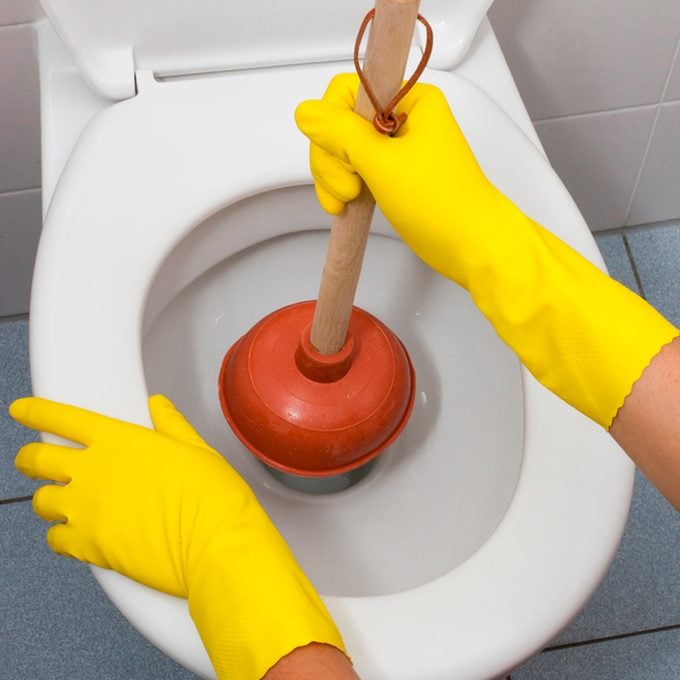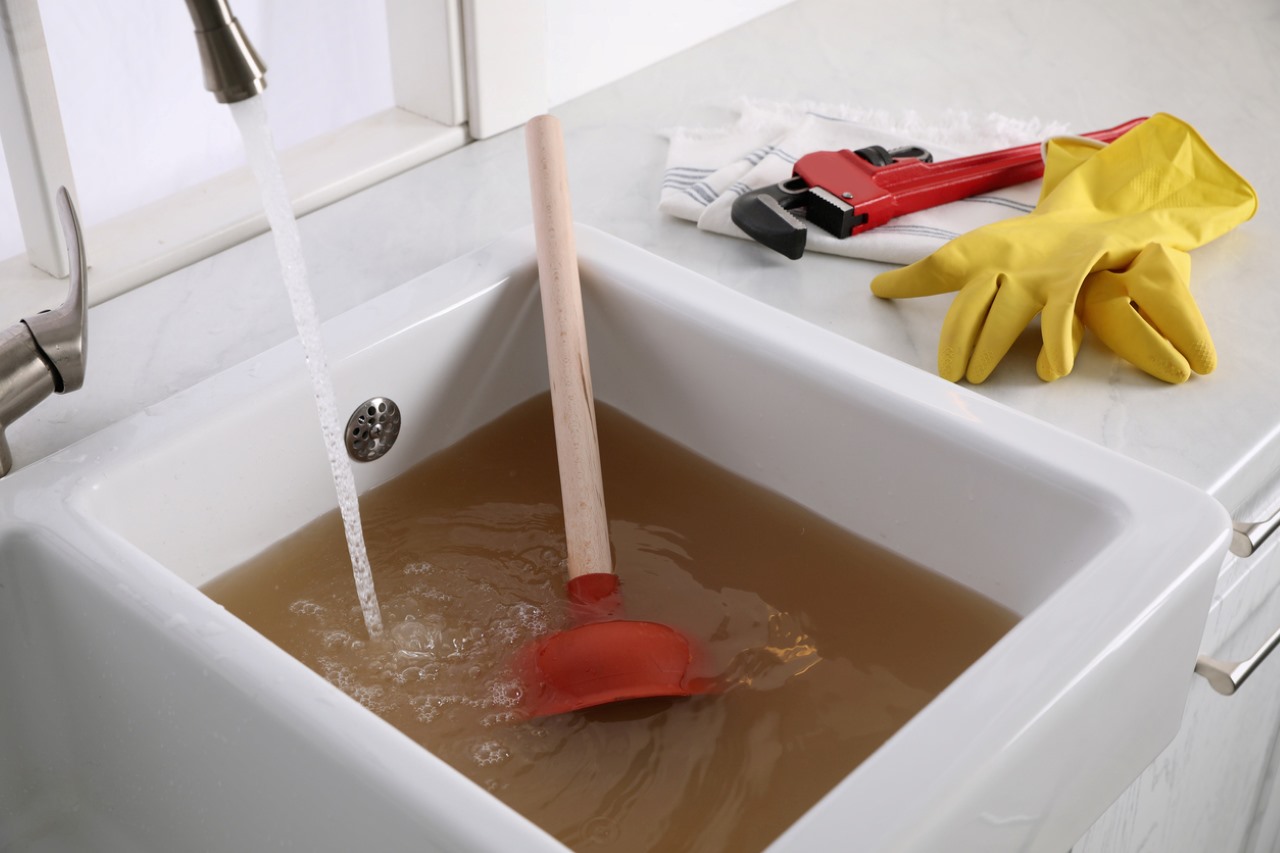What are your opinions about How to Unclog Your Sink with a Plunger?

Introduction
Correct upkeep of family drains is necessary for avoiding obstructions and guaranteeing smooth water circulation. One of the secret devices in every homeowner's toolkit is the plunger, together with various drainpipe cleansers made to tackle stubborn clogs efficiently. This post checks out exactly how to utilize bettors and drain cleaners efficiently to keep your drains flowing openly.
Area 1: Comprehending Bettors
Kinds of Plungers
There are a number of sorts of plungers readily available, each designed for different types of drains and obstructs. The most common kinds include mug bettors, flange plungers, and accordion plungers.
Exactly How Plungers Work
Bettors deal with the concept of producing stress and suction to remove obstructions. When effectively applied over a drainpipe, they create a vacuum cleaner that can pull out debris or break up clogs.
Selecting the Right Bettor
Selecting the ideal plunger depends upon the type of drain and the nature of the obstruction. Mug plungers are perfect for sinks and bathtubs, while flange bettors are much better suited for bathrooms due to their design.
Common Mistakes with Bettors
Preventing these errors makes certain reliable plunging: inappropriate seal around the drainpipe, insufficient force, and unclear surrounding debris.
Area 2: Utilizing Plungers Efficiently
Preparation
Prior to plunging, make certain the bettor covers the drainpipe totally and forms a tight seal. Clear any visible particles around the drainpipe opening.
Method
Start with mild diving motions to develop suction. Increase stress gradually, making use of a consistent rhythm. Repeat as necessary up until the drainpipe removes.
Troubleshooting Tips
If plunging does not function, try readjusting the seal, applying petroleum jelly for a better seal, or using a various type of bettor.
Area 3: Comprehending Drainpipe Cleaning Company
Kinds Of Drain Cleaning Company
Drain cleaners can be chemical or chemical. Chemical cleansers make use of solid chemicals to dissolve clogs, while enzymatic cleaners utilize natural enzymes to break down organic matter.
Just How Drainpipe Cleansers Work
Chemical cleaners react with clogs to dissolve them, while enzymatic cleaners break down organic materials like hair and grease without harming pipelines.
Safety and security Factors to consider
Constantly wear gloves and eye protection when making use of chemical drainpipe cleaners. Ensure sufficient ventilation and adhere to producer directions meticulously.
Eco-Friendly Alternatives
Consider using vinegar and cooking soft drink or enzyme-based cleansers for eco-friendly choices that are much safer for pipes and the setting.
Area 4: Utilizing Drainpipe Cleaning Company Successfully
Application Strategies
Put chemical cleaners directly right into the drainpipe opening. Allow them to benefit the advised time before flushing with hot water. Enzymatic cleaners must sit overnight.
Safety measures
Stay clear of mixing various types of cleansers, as this can generate hazardous fumes. Never use chemical cleansers along with a plunger, as spilling can happen.
Managing Stubborn Blockages
For relentless obstructions, think about making use of a plumbing serpent or calling a professional plumbing professional to prevent damages to pipelines.
Conclusion
In conclusion, recognizing exactly how to make use of bettors and drain cleansers efficiently is important for keeping healthy plumbing systems. By picking the right devices and methods, homeowners can deal with minor blockages and stop major plumbing concerns down the line.
5 Steps on How to Use a Plunger Effectively
- Creating a Seal: Place the rubber cup of the plunger firmly over the toilet drain hole to create an airtight seal. This seal is crucial to prevent air from escaping and ensure effective plunging.
- Plunge Gently: Gently press the plunger down to compress the air inside without causing splashing. This careful action sets the stage for effective unclogging without creating a mess.
- Maintaining Pressure: Consistently apply pressure to the plunger while pushing and pulling it up and down. This sustained pressure generates the force needed to dislodge the clog.
- Breaking the Clog: Continue plunging until you feel the clog release. Look for the water to start draining, indicating successful removal of the blockage.
- Flushing and Cleaning: After clearing the clog, flush the toilet to confirm it's working properly. Clean the plunger with warm, soapy water and disinfect it for future use to maintain hygiene.
Additional Tips on How to Correctly Use a Plunger
- if you encounter resistance, add some water to the bowl to create better suction;
- check the plunger for any rubber cracks to ensure it's in good condition;
- exercise patience and persistence, as certain clogs might need multiple attempts.
Mistakes to Avoid when Using Toilet Plunger
- avoid using excessive force, as it may damage the toilet;
- don't rush the process; take your time to ensure a proper seal and pressure;
- never use a plunger if you've recently used chemical drain cleaners
Conclusion
Mastering the art of how to properly use a plunger is a valuable skill for every homeowner. By employing the correct techniques, you can effectively address clogs and ensure your toilet functions smoothly. Patience, persistence, and proactive in maintaining your plunger's hygiene are key to success in this endeavor.
Armed with these skills and principles, you can confidently handle plumbing issues as they arise, promoting a well-functioning and hygienic home environment.
https://homealliance.com/blogs/how-to-effectively-use-a-plunger-the-ultimate-guide

We hope you enjoyed our excerpt about How to Unclog Your Sink with a Plunger. Many thanks for taking a few minutes to read our blog. You should take a moment to distribute this blog posting if you appreciated it. I appreciate reading our article about Tips on How to Effectively Use a Plunger.
Click Here!
Comments on “Using Plungers and Drain Cleaner: Successful Strategies”